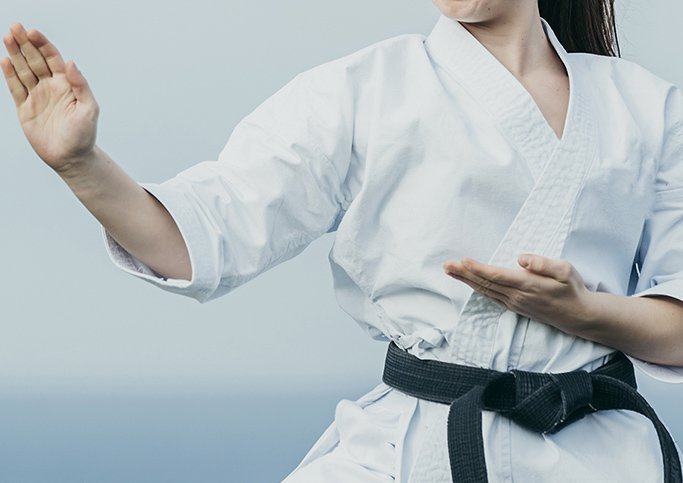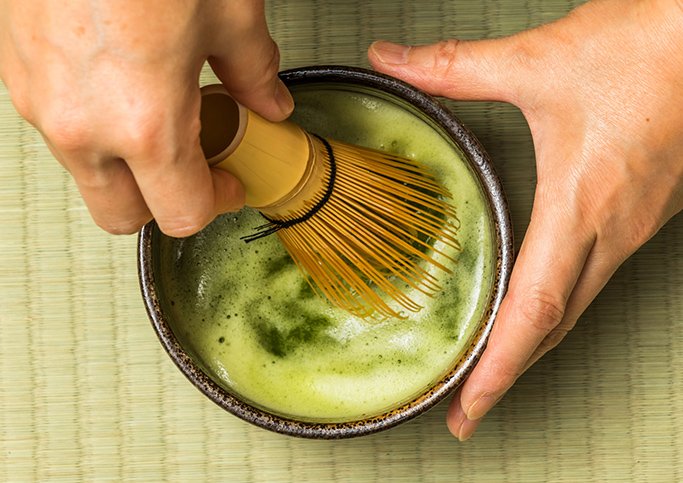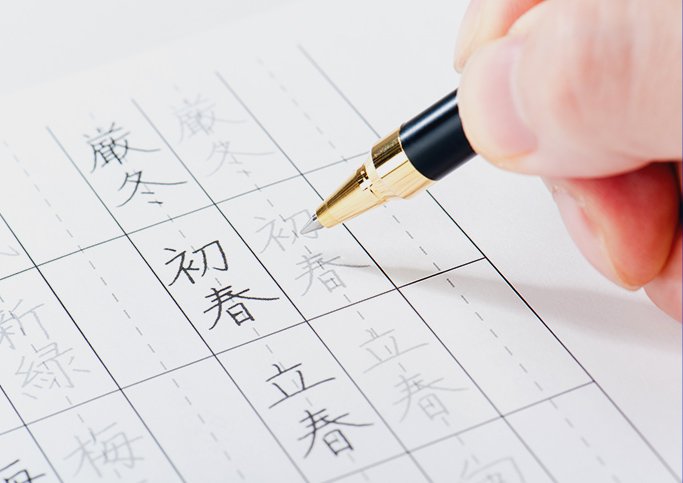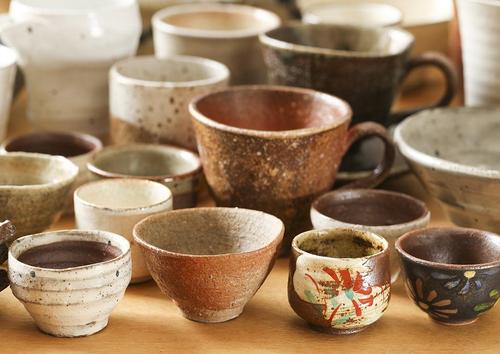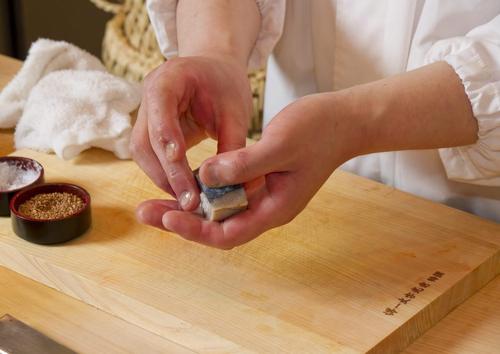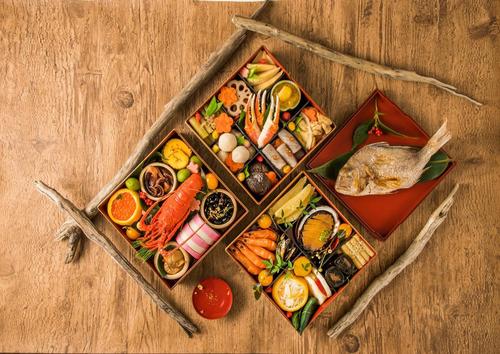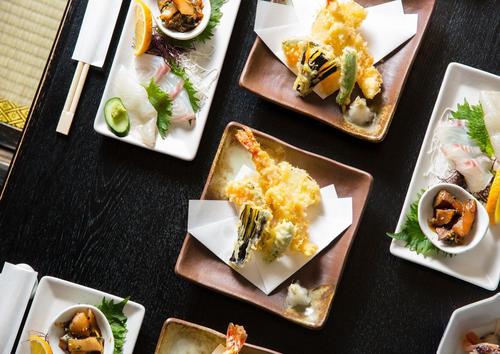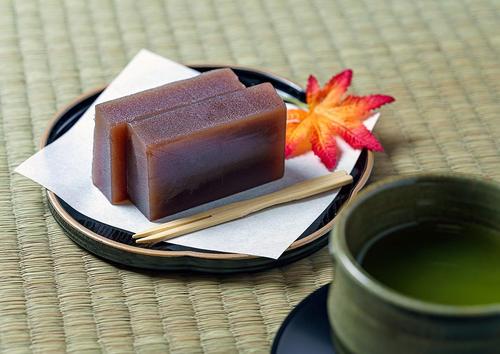
sweet
What is Japanese sweets? Thorough explanation of the four differences from Western confectionery and the types of namagashi
12/ 4/2020
Japanese sweets, which represent Japanese gourmet food, are very popular with people living overseas.
Japanese sweets have a charm that you can enjoy not only with the taste but also with your eyes. However, I think that many people who like such Japanese sweets do not know their meaning, classification, history, etc.
Therefore, in this article, I would like to explain the charm and basic knowledge of Japanese sweets in an easy-to-understand manner in order to clarify the concrete definition of "what is Japanese sweets?".
What is Japanese sweets?
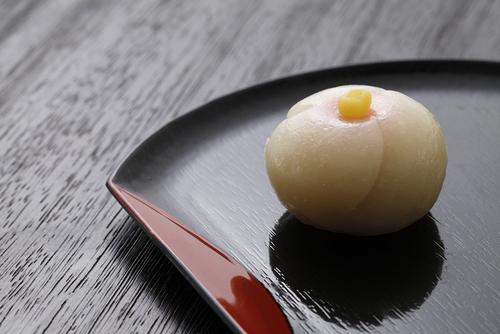
Japanese sweets are a general term for traditional Japanese sweets.
Japanese sweets, which have a strong connection with the four seasons, have a charm that expresses the sense of the seasons with their visual beauty in addition to their delicious taste. And this feature is one of the reasons why Japanese sweets are attracting attention from people all over the world.
History of Japanese sweets
There are many points in the history of Japanese sweets that lead to their characteristics.
First of all, it is said that the origin of Japanese sweets was fruits and nuts that were snacks during the Yayoi period. People at the time, who were still low on food, were hungry by eating these. For this reason, the name Japanese sweets properly contains the two kanji that used to be snacks.
- Confectionery "fruit": fruit
- Confectionery "child": seeds
The sweets of the Heian period were meant to be presented to the imperial court. In the Kamakura period, Japanese sweets became a tea ceremony due to the development of the upper class tea ceremony. In the Edo period, the culture of Japanese sweets spread to the common people due to the increase in sugar imports, and in Kyoto it became a form close to the beautiful and delicate modern Japanese sweets.
Difference between Japanese sweets and Western sweets
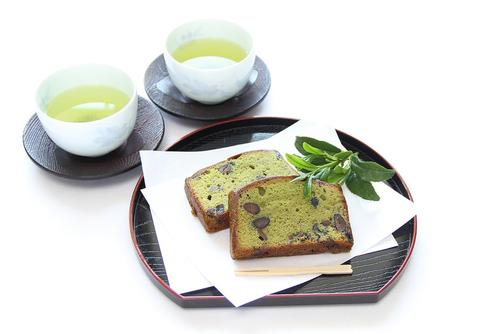
Western confectionery, which is often compared to Japanese confectionery, came into Japan at the same time as the spread of Western culture in the late Taisho era. There are three major differences between Japanese and Western confectionery.
Ingredients and taste
The raw materials for Japanese sweets are mainly vegetable products such as rice, wheat, and beans. Therefore, although it is generally low in calories, it tends to be very high in sugar because it contains a lot of sugar and starch.
On the other hand, Western confectionery uses a lot of animal ingredients such as eggs, butter, and milk. Western confectionery that uses fresh cream instead of water has the characteristic of being higher in fat and sweeter than Japanese confectionery.
[If you read the article, may you know the meaning of this KARUTA? ]
How to make
In the case of Japanese sweets, the main method of making is the manual work of craftsmen such as boiling, kneading, and steaming. On the other hand, Western confectionery, like Japanese confectionery, has craftsmen such as pastry chefs, but there are many types of confectionery that are made by mixing ingredients at once with a mixer or using a lot of home appliances such as ovens.
Appearance
As mentioned earlier, many Japanese sweets that are conscious of the four seasons in Japan tend to use seasonal flowers and animals as motifs. And, as a whole, there are many small, round shapes that can be shaped in the hands of craftsmen. On the other hand, there are many types of Western confectionery that are gorgeously decorated with fresh cream. The size is also very diverse compared to Japanese sweets.
Types of Japanese sweets
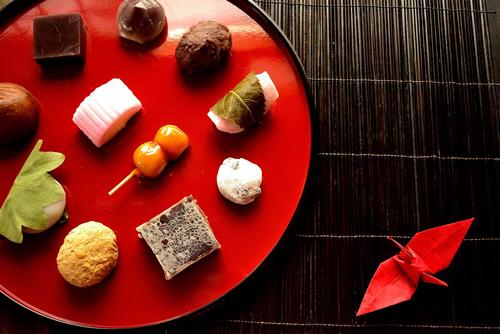
General Japanese sweets are classified into the following three types according to the amount of water contained in the sweets and their shelf life.
Namagashi
Namagashi is a Japanese sweet with a water content of 30% or more. Specifically, the following types are classified as namagashi.
- Mochi: Red rice, rice cake, Daifuku
- Grilled foods: Imagawayaki, castella, dorayaki, kintsuba
- Fried food: Fried moon cake, an-doughnut
- Steamed food: Warabi mochi, Uiro, Steamed bun
- Kakemono: Anmitsu
- Anmono: Zenzai
- Kneaded food: Gyuhi, Neri-kiri
- Sink: Tokoroten, Yokan
Half-baked sweets
Those with a water content of 10 to 30% are semi-namagashi.
- Okamono: Monaka
- Sink: Yokan
- Anmono: Zenzai, Ishigoromo
- Kakemono: Amanatto
- Steamed food: Kuri-kinton
- Grilled food: Momoyama, Soshi
- Kneaded food: Kibi dango, Gyuhi
[Do you care about Japan? Would you like to learn Japanese together? ]
Dried sweets
Japanese sweets with a water content of 10% or less are classified as dried sweets. Japanese sweets with low water content last for a long time, so they have the appeal of being enjoyable for a long time.
- Grilled food: rice crackers, bolo
- Rakugan: Rakugan
- Fried food: Karinto
- Pushed food: Murasame, salted gama
- Kakemono: Candied, Okoshi
- Candy: Chitose candy, konpeito, aruheito
For gyuhi and yokan, the water content of half-baked sweets may be the amount of water that is well-kneaded. Therefore, in the case of Japanese sweets, it is very difficult to classify them by name alone. In recent years, more and more craftsmen are incorporating Western confectionery techniques into traditional Japanese confectionery. Therefore, it is said that Japanese sweets that have been handed down in Japan for a long time have categories that are simply difficult to classify.
Summary
This time, I introduced the characteristics and definitions of Japanese sweets that represent Japanese food culture, which can be seen from their origins. Japanese sweets have a very strong connection with the four seasons of Japan and have the characteristic of visually fascinating people.
I think it's easy to buy dried sweets that last for a long time as souvenirs overseas. On the other hand, if you are new to Japanese sweets in Japan, you may want to start eating with a collaboration product with Western sweets that uses fresh cream.
This article is a partial re-edit of the article published in Nihongo Biyori by KARUTA.
Unauthorized reproduction or use of the contents, text, images, illustrations, etc. of this site is strictly prohibited.
CATEGORIES
FEATURED TAGS
RECOMMENDATION
-
 報BUSINESS TERMS
報BUSINESS TERMSWhat is ”Ho-Ren-So”, one of the basic manners when working in Japan?
10/30/2020
-
 伝WORDS & GRAMMAR
伝WORDS & GRAMMARWhat is easy Japanese?
10/30/2020
-
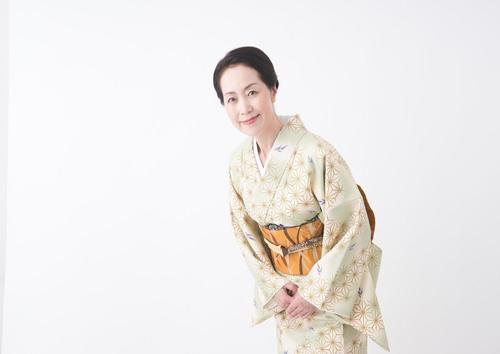 礼MANNERS
礼MANNERSJapanese greeting customs and origins. What are the greetings from other countries?
10/30/2020
-
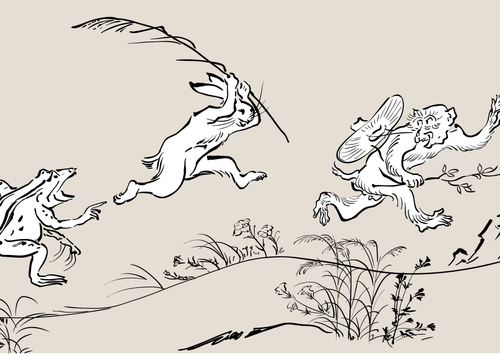 戯COMIC & GAME
戯COMIC & GAMEThe roots of animation and manga? Introducing bird and beast caricatures
10/30/2020
-
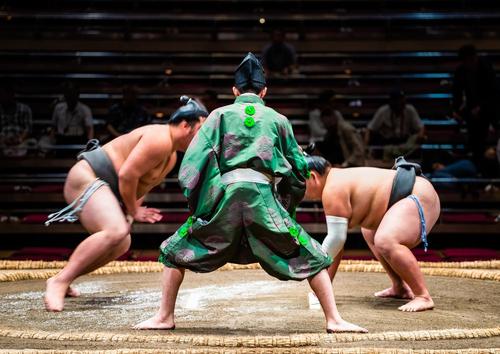 戦SPORTS
戦SPORTSThe history of sumo goes back to the mythical world! ?? Transition from myth to modern times
10/30/2020
LET’S PLAY
KARUTA!
Do you know the meaning of this...
NEXT...
FURTHER EXPLORATION
INTERESTED
IN JAPAN?
WHY DON’T YOU
LEARN JAPANESE WITH US?
START LEARNING
JAPANESE
WITH HUMAN ACADEMY!
ONE OF
THE MOST POPULAR
JAPANESE
LANGUAGE SCHOOLS
JAPANESE
LANGUAGE SCHOOL
OFFERING EXCELLENT
DETAILED LESSONS

ONLINE SCHOOL
- Learn with your classmates from all over the world
- Variety of Courses for All Needs
- FREE Trial Lesson available

TOKYO, OSAKA
- Offer the Best Curriculum for You
- Make New Japanese Learning Friends
- Many Opportunities to Practice Japanese
MAKE FURTHER
STEPS
WITH HUMAN ACADEMY!
ONE OF
THE MOST POPULAR
JAPANESE
LANGUAGE SCHOOLS
JAPANESE
LANGUAGE SCHOOL
PRODUCING MANY
JLPT N1 CERTIFIED
STUDENTS!

ONLINE SCHOOL
- Learn with your classmates from all over the world
- Variety of Courses for All Needs
- FREE Trial Lesson available

TOKYO, OSAKA
- Support Your Higher Goal of Japanese Learning
- Perfect Environment for Japanese Learners
- Learn with Your New Japanese Study Mates




